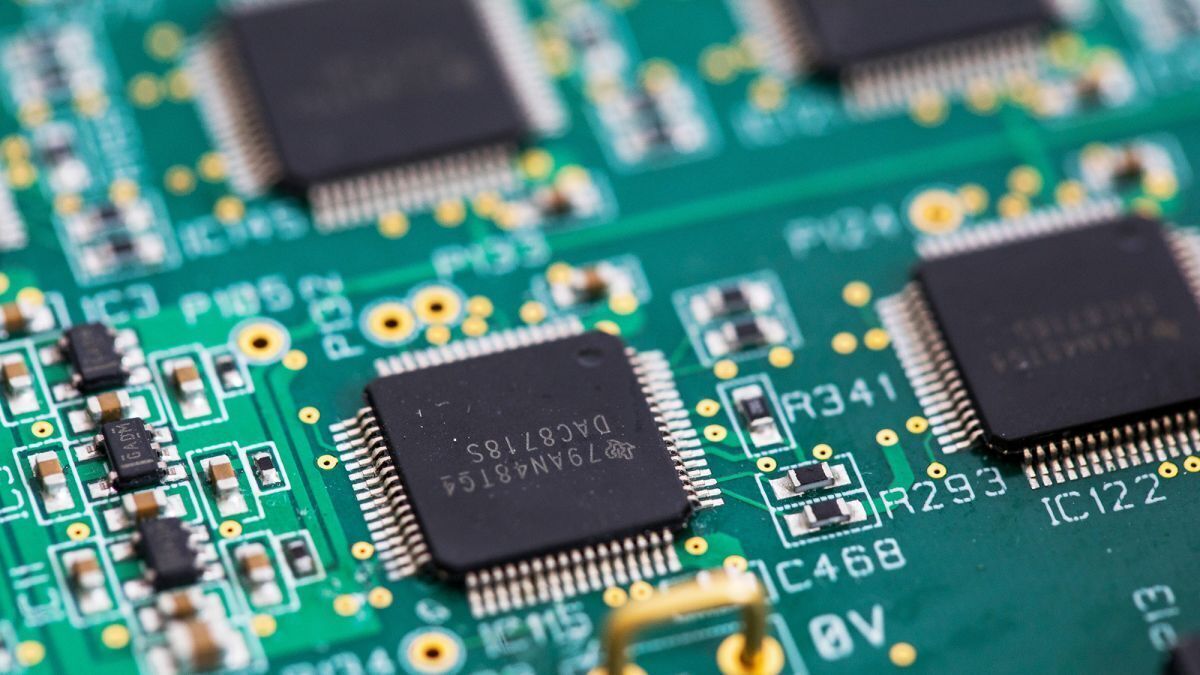Foldable, Recyclable Paper Electronics

Our burgeoning love for electronic devices and our insatiable appetite for everything smart — smartphone, smart cars, smart watch, you name it — have driven us to mine every corner of the globe, extracting precious, yet finite, resources that once gone, are gone forever, the journal Advanced Sustainable Systems reported.
This inspired scientists to ask: What if we find renewable alternatives to these electronic staples?
One ubiquitous material which we hardly associate with electronics but is a promising material for manufacturing our smart devices is paper. Recently, the use of paper as a supporting layer or a sturdy but flexible surface to build electronic circuits is increasingly gaining popularity.
However, Luis Pereira, associate professor at the Universidade Nova de Lisboa, Portugal, envisions that paper (or cellulose) must be seen not only as a substrate hosting metallic lines connecting conventional electronic components that are glued on its surface. One must see beyond the obvious and explore the unique possibilities enabled by nature-based materials in creating electronic devices.
In a recent study, Pereira and his team took advantage of the main component of paper — cellulose — and enhanced its properties.
First, they developed a cellulose-based nanopaper which is highly flexible, mechanically robust, and has a very smooth surface. The nanopaper on its own is dielectric or insulating, meaning that it does not allow ions to pass through. The team then showed that by dissolving cellulose with something that allows electricity to pass through it, such as liquid lithium, they could create a blended material that can also store energy and conduct electrical current.
“[The science] is based on ‘green’ chemistry,” explained Pereira. “These materials yield a fully recyclable, […] flexible membrane with a highly smooth and compact surface, reasonable transparency, and appealing electrochemical properties suitable for application in electrical and electrochemical flexible sustainable devices.”
The re-engineered cellulose nanopaper is also compatible with “user-friendly, low-temperature, and low-energy demanding manufacturing processes, such as screen-printing and calligraphy tools,” remarked Pereira. Screen-printing is a technique that utilizes a mesh to transfer the ink to the surface except in the areas that are blocked. This technique is commonly used, for example, in printing t-shirts because it is relatively cheap, and it is suitable for mass production.
As their ink, the authors used zinc oxide (ZnO), a semiconductor that is widely available and non-toxic. Semiconductors are very important for manufacturing smart devices or anything computerized and requires microchip processors. The team developed a unique ZnO ink formula that also contains cellulose. This allowed them to print ZnO layers without the need for the energy-demanding “sintering step”, a process that uses heat and pressure to compact or compress materials.
“Our work demonstrates that we can […] print ZnO layers able to yield transistors with considerable mechanical endurance and with good electrical performance that operate at low voltages (below 2.5 V),” said Pereira.
In addition to showing that this nanopaper-based electronic device is functional, Pereira and his team also demonstrated that it is recyclable. When dissolved in water, the cellulose nanopaper forms a pulp that can then be reused to make new cellulose nanopaper. The ink also disperses in water and separates so it can be recycled and reused.
“Our technology can offer a solution for the development of innovative and sustainable cellulose/paper-based smart packaging products, integrating transient sensing/ electronic systems at a reduced cost, capable of providing information to the consumer and monitoring the product quality and storage conditions,” said Pereira.
“This strategy could help prolong the lifetime of the product, while ensuring consumer safety and minimal environmental impact, as the integrated materials are fully compatible with the circular economy concept.”
4155/v





















